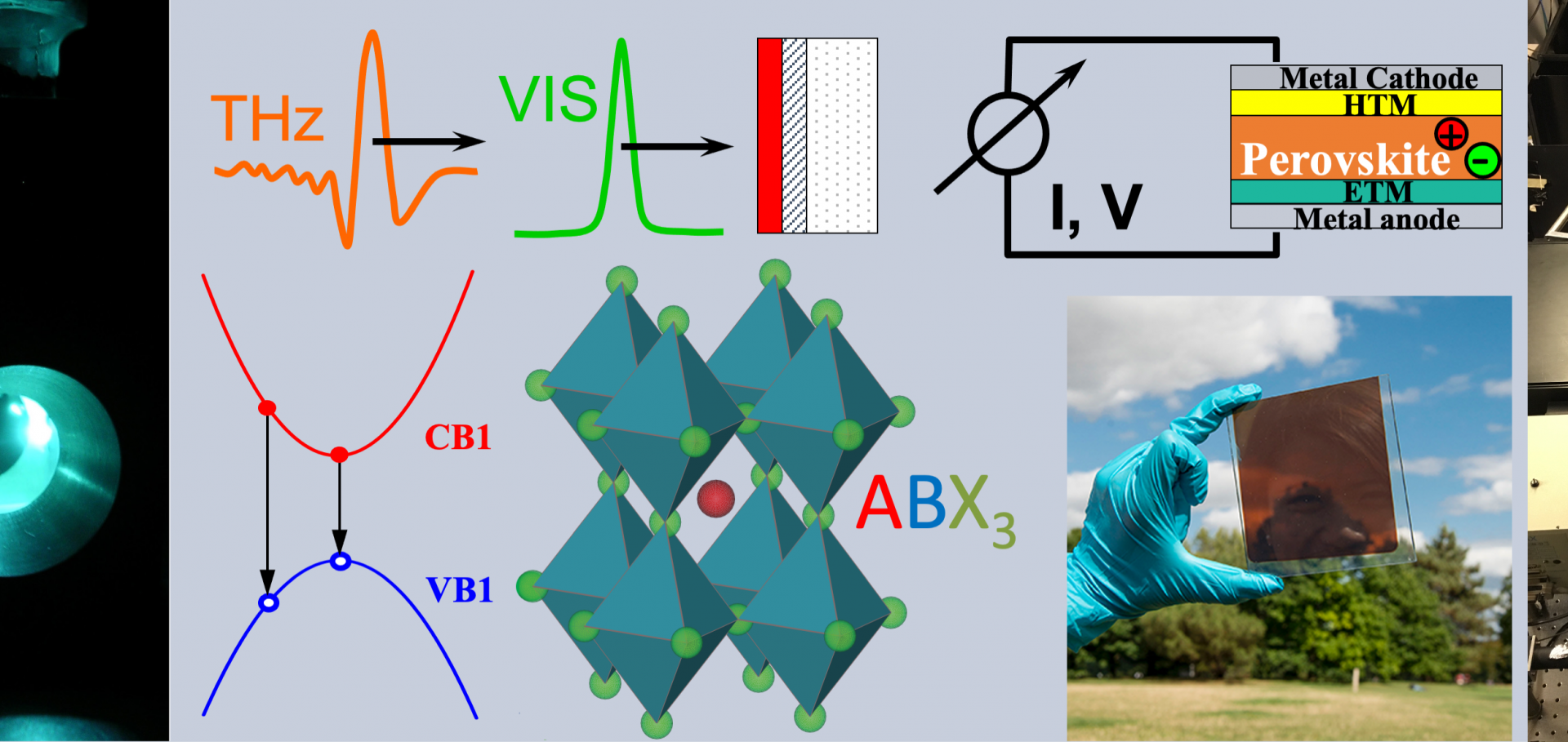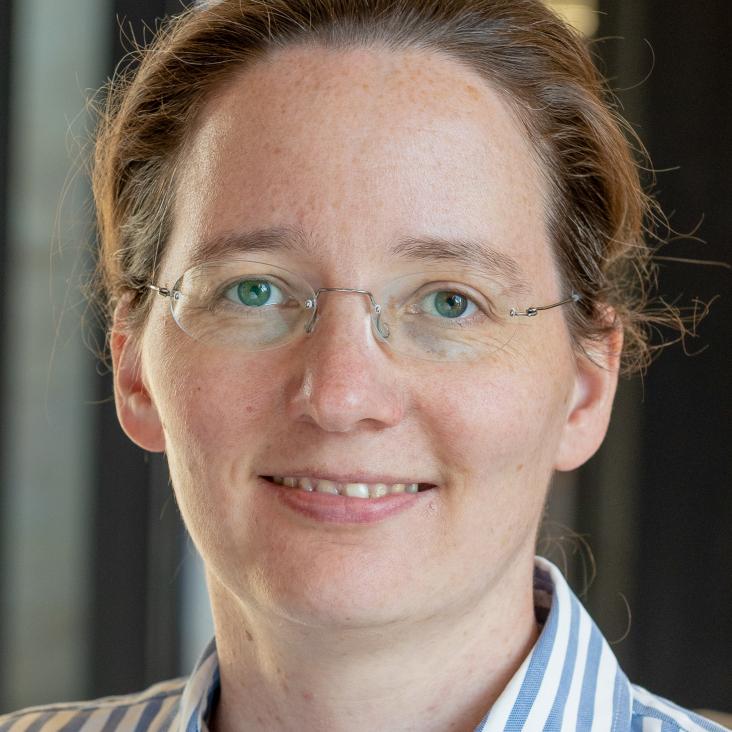Structured organic–inorganic perovskite toward a distributed feedback laser
Advanced Materials Wiley 28:5 (2015) 923-929
Abstract:
A general strategy for the in-plane structuring of organic-inorganic perovskite films is presented. The method is used to fabricate an industrially relevant distributed feedback (DFB) cavity, which is a critical step towards all-electrially pumped injection laser diodes. This approach opens the prospects of perovskite materials for much improved optical control in LEDs, solar cells and also toward applications as optical devices.Low ensemble disorder in quantum well tube nanowires
Nanoscale Royal Society of Chemistry 7:48 (2015) 20531-20538
Abstract:
We have observed very low disorder in high quality quantum well tubes (QWT) in GaAs-Al0.4Ga0.6As core-multishell nanowires. Room-temperature photoluminescence spectra were measured from 150 single nanowires enabling a full statistical analysis of both intra- and inter-nanowire disorder. By modelling individual nanowire spectra, we assigned a quantum well tube thickness, a core disorder parameter and a QWT disorder parameter to each nanowire. A strong correlation was observed between disorder in the GaAs cores and disorder in the GaAs QWTs, which indicates that variations in core morphology effectively propagate to the shell layers. This highlights the importance of high quality core growth prior to shell deposition. Furthermore, variations in QWT thicknesses for different facet directions was found to be a likely cause of intra-wire disorder, highlighting the need for accurate shell growth.Vibrational properties of the organic inorganic halide perovskite CH3NH3PbI3 from theory and experiment: factor group analysis, first-principles calculations, and low-temperature infrared spectra
Journal Of Physical Chemistry C American Chemical Society 119:46 (2015) 25703-25718
Abstract:
In this work, we investigate the vibrational properties of the hybrid organic/inorganic halide perovskite MAPbI3 (MA = CH3NH3) in the range 6-3500 cm-1 by combining first-principles density-functional perturbation theory calculations and low-temperature infrared (IR) absorption measurements on evaporated perovskite films. By using a group factor analysis, we establish the symmetry of the normal modes of vibration and predict their IR and Raman activity. We validate our analysis via explicit calculation of the IR intensities. Our calculated spectrum is in good agreement with our measurements. By comparing theory and experiment, we are able to assign most of the features in the IR spectrum. Our analysis shows that the IR spectrum of MAPbI3 can be partitioned into three distinct regions: the internal vibrations of the MA cations (800-3100 cm-1), the cation librations (140-180 cm-1), and the internal vibrations of the PbI3 network (<100 cm-1). The low-frequency region of the IR spectrum is dominated by Pb-I stretching modes of the PbI3 network with Bu symmetry and librational modes of the MA cations. In addition, we find that the largest contributions to the static dielectric constant arise from Pb-I stretching and Pb-I-Pb rocking modes, and that one low-frequency B2u Pb-I stretching mode exhibits a large LO-TO splitting of 50 cm-1.Six-coordinate zinc porphyrins for template-directed synthesis of spiro-fused nanorings.
Journal of the American Chemical Society American Chemical Society 137:45 (2015) 14256-14259
Abstract:
Five-coordinate geometry is the standard binding mode of zinc porphyrins with pyridine ligands. Here we show that pseudo-octahedral six-coordinate zinc porphyrin complexes can also be formed in solution, by taking advantage of the chelate effect. UV-vis-NIR titrations indicate that the strength of this second coordination is ca. 6-8 kJ mol(-1). We have used the formation of six-coordinate zinc porphyrin complexes to achieve the template-directed synthesis of a 3D π-conjugated spiro-fused array of 11 porphyrin units, covalently connected in a nontrivial topology. Time-resolved fluorescence anisotropy experiments show that electronic excitation delocalizes between the two perpendicular nanorings of this spiro-system within the experimental time-resolution of 270 fs.Temperature-dependent charge-carrier dynamics in CH3NH3PbI3 Perovskite thin films
Advanced Functional Materials Wiley 25:39 (2015) 6218-6227


